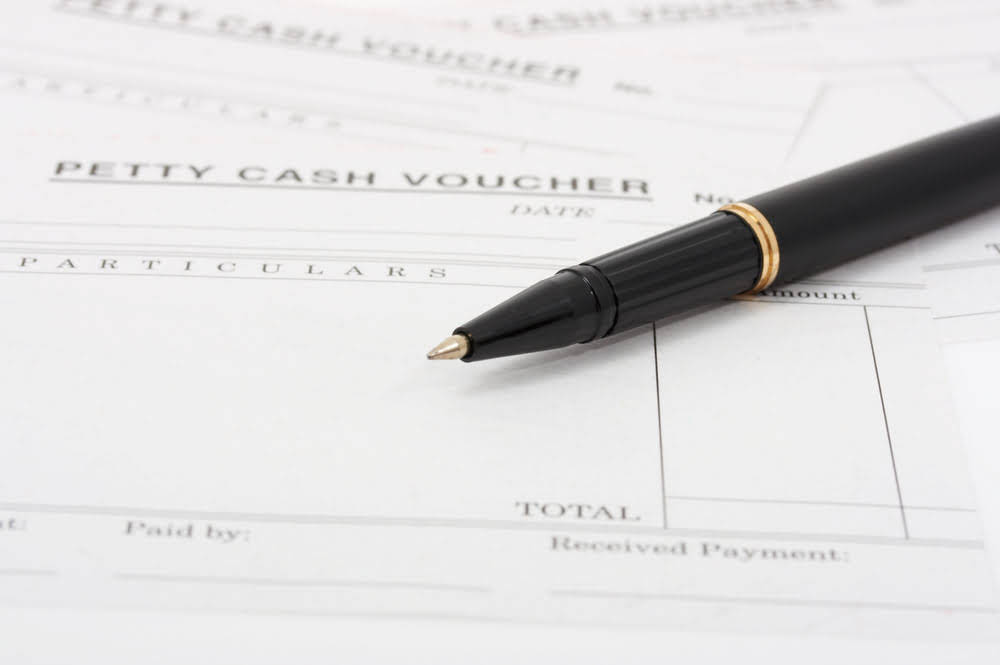Two different versions of the DPO formula are used depending upon the accounting practices. Accounts payable (AP) represents how much money the company owes to its supplier(s) for purchases made on credit. Companies face the risk that some customers will not pay what they owe, and they must account for this to avoid overstating assets. The matching principle of accrual accounting requires that expenses be recognized in the same period as the revenues they help generate. Therefore, a company must estimate and record potential bad debts in the same period the credit sale was made. For example, a manufacturing firm negotiating Net 60 payment terms with suppliers can extend cash availability for other investments, such as expanding production or hiring new staff.
Financial
- Analysts compare these metrics against industry benchmarks to determine whether a company’s payables management is in line with its peers or if there are areas that require attention.
- Accounts payable is the money owed to your creditors for purchases already made or received.
- Accounts payable, on the other hand, directly affect a company’s liquidity.
- The company proposes to utilize the Rs. 24,000 crore worth of equity capital it raised in April to roll out 5G networks and expand its 4G coverage.
- But when ignored or poorly managed, they can lead to late fees, broken trust, and missed financial reporting deadlines.
Subaccounts allow for summarizing or combining amounts while also maintaining the detailed amounts. For the past 52 years, Harold Averkamp (CPA, MBA) has worked as an accounting supervisor, manager, consultant, university instructor, and innovator in teaching accounting https://centrocaem.cl/2020/12/29/amazon-fba-bookkeeping-a-detailed-guide-for/ online. Payment to the supplier should be made at the appropriate time in order take advantage of any discount being offered by the supplier for early settlement.
Statements from vendors
- Accounts Payable is also debited when a company returns goods to a vendor or when the vendor grants an allowance.
- This figure shows how often you pay a trade creditor in a given time period.
- My Accounting Course is a world-class educational resource developed by experts to simplify accounting, finance, & investment analysis topics, so students and professionals can learn and propel their careers.
- The accounts payable process starts with a purchase order from the business to the supplier.
- In a double-entry accounting system, recognizing a trade payable involves a credit to the trade payable account and a corresponding debit to an expense or asset account, such as inventory or cost of goods sold.
- Agreement may specify a term over which the creditor has to claim the outstanding amount at the expiry of which the debtor seizes to be liable for the amount due towards the payable.
The large listed companies generally go by the heading “Trade gym bookkeeping Payables and Other,” where Other payables are incorporated. Either the small amounts will aggregate to form Other payables, or there won’t be any Other payables. For publicly listed companies, they have to clearly break down other payables in their quarterly and annual filings. Look for duplicates or gaps – A quick scan can reveal if an invoice was accidentally recorded twice, or not at all. Supports Business GrowthBy using credit wisely, businesses can invest in other areas like marketing, hiring, or expansion without immediate cash outflow. Try BILL and see how we can expedite your payables process so you’re never behind on debts.
Recording Accounts Payable
When handled effectively, these payables can improve cash flow, strengthen supplier relationships, and help you avoid penalties. However, when mismanaged, they can lead to missed payments, strained partnerships, and financial instability. In such cases, it is important to carefully assess whether the modification resulted in a change to the nature of the trade payable that requires reclassification as short term bank debt. Once the preceding step has been completed, the invoice is recorded in the company’s accounting system, using the invoice date as the entry date. For example, if an invoice has a date of September 1 and should be paid in 30 days, then it is logged in as of September 1, so that the accounting system will pay it on September 30.
- By contrast, days sales outstanding (DSO) is the average amount of time for sales to be paid back to the company.
- In June 2024, the telecom company announced that it planned to raise funds worth Rs. 2,458 core via preferential share issuance to Ericsson and Nokia.
- By leveraging accounts payable automation, businesses can streamline processes, improve accuracy, and enhance cash flow management.
- The efficiency and effectiveness of the accounts payable process will also affect the company’s cash position, credit rating, and relationships with its suppliers.
- Similarly, companies can align payment schedules with incoming cash flows, such as paying vendors after receiving customer payments.
Is Accounts Payable a Business Expense?
While both are recorded under accounts payable on the balance sheet, separating them internally gives better control over vendor-related and non-vendor expenses. Trade payables typically involve goods or services received from vendors, such as equipment, supplies, or outsourced work. In contrast, non-trade payables include expenses like rent, utility bills, or employee reimbursements. The system then tracks the due date, ensuring payments are scheduled to avoid late fees or interest charges.
BuyerCo issues a purchase order to SupplierCorp for 10 cartridges at $60 per cartridge that are to be delivered in 10 days. Just as delays in paying trade payables bills can cause problems, so could paying bills too soon. If vendor invoices are paid earlier than necessary, there may not be cash available to pay some other bills by their due dates.



